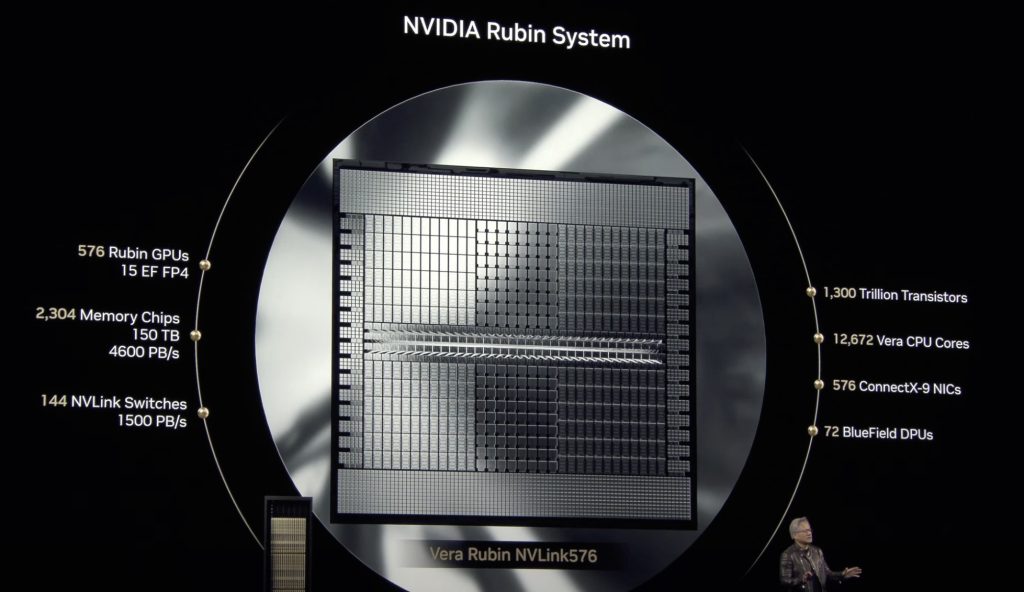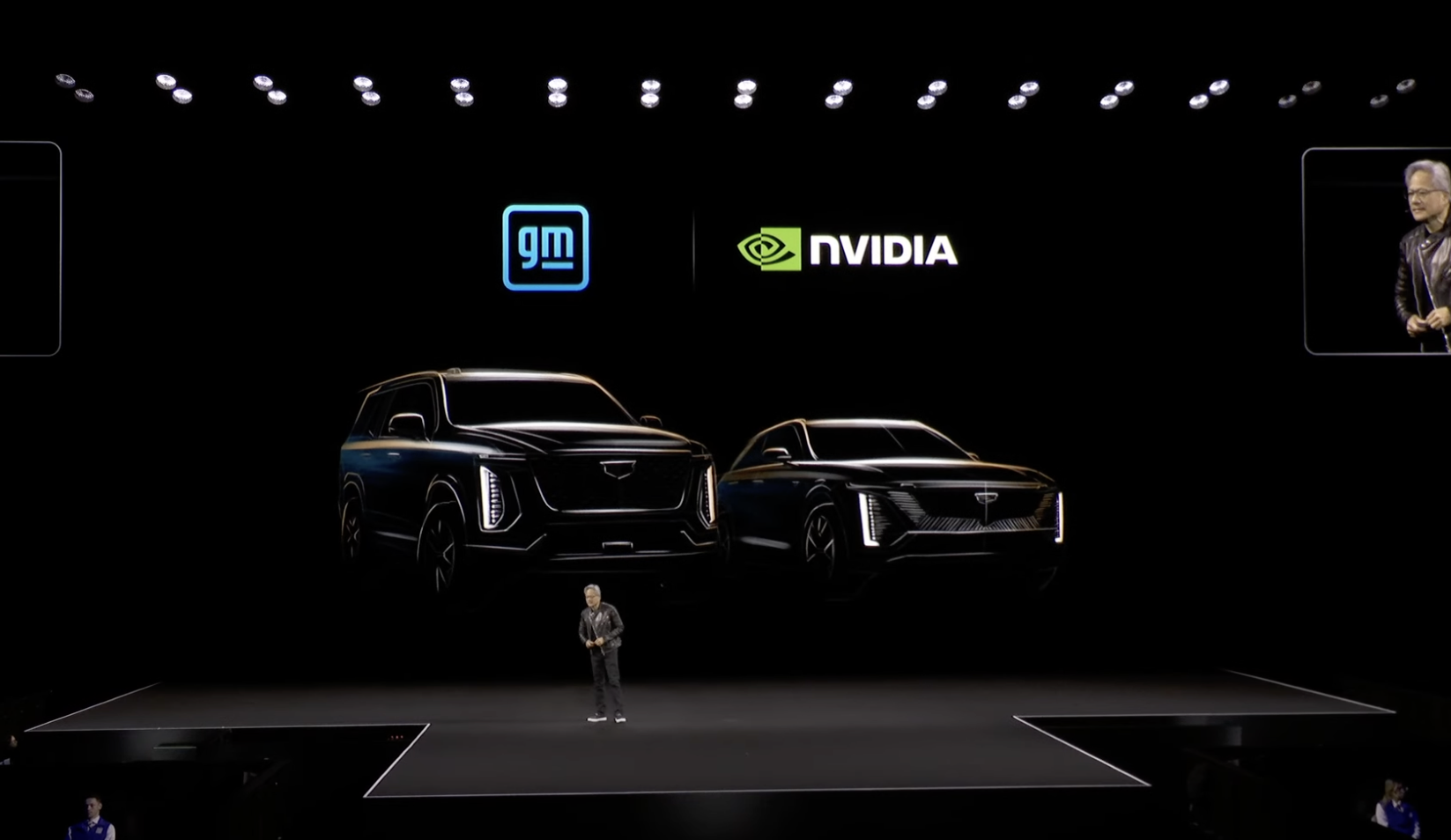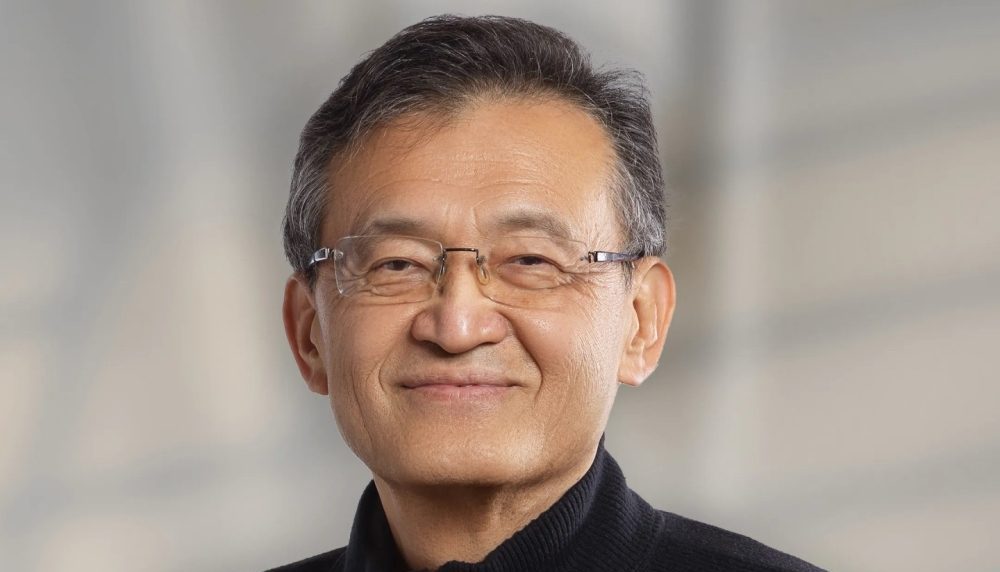Nvidia’s GTC (GPU Technology Conference) 2025 was packed with groundbreaking announcements, solidifying the company’s dominance in AI, computing, and robotics. CEO Jensen Huang took the stage to introduce innovations that will shape the future of artificial intelligence, autonomous systems, and high-performance computing. Here’s a comprehensive breakdown of the biggest takeaways from the event.
Blackwell Ultra AI Chips and the Future of AI Computing

One of the most anticipated announcements was the introduction of Nvidia’s Blackwell Ultra AI chips. These new processors are designed to power the next wave of artificial intelligence, providing unprecedented performance and efficiency. Huang also revealed Nvidia’s long-term roadmap, which includes the Vera Rubin AI chips, set for release in 2026, followed by the Vera Rubin Ultra in 2027.
These chips will push the boundaries of AI model training and inference, making applications like generative AI, scientific simulations, and large-scale automation even more powerful.
Nvidia Isaac GR00T N1 – The Next Leap in Robotics
Nvidia is making significant strides in robotics with the introduction of Isaac GR00T N1, an open-source, pretrained foundation model for humanoid robots. This model is designed to accelerate the development of intelligent robots capable of performing general-purpose tasks, opening new possibilities in automation and real-world AI applications.
Nvidia’s Automotive Push with General Motors
A key highlight of the conference was Nvidia’s partnership with General Motors to develop custom AI systems for autonomous vehicles. This collaboration aims to refine self-driving technology, leveraging Nvidia’s AI advancements to make vehicles safer and more efficient. With the rapid evolution of AI-driven transportation, this partnership underscores Nvidia’s expanding influence beyond gaming and computing.
Introducing Nvidia Dynamo – Next-Gen AI Scaling
Another major reveal was Nvidia Dynamo, a new open-source AI inference software designed to optimize and scale AI models efficiently. By improving the cost-effectiveness of AI training and deployment, Dynamo enables developers to run large AI models more effectively across different hardware setups.
Newton Physics Engine – A Game-Changer for Robotics and Simulation
Nvidia announced the Newton physics engine, developed in collaboration with Google DeepMind and Disney Research. This new simulation technology will enhance robotics training by providing realistic physics-based modeling. With applications in AI training, gaming, and industrial automation, Newton aims to revolutionize virtual simulations and robotics development.
Stock Market Reactions – A Surprising Dip
Despite the impressive lineup of announcements, Nvidia’s stock took a 3% dip during the conference. Analysts suggest that while the innovations are groundbreaking, investor concerns over market competition and future revenue growth may have triggered the decline. However, given Nvidia’s track record of pioneering industry-leading technology, many believe this dip is temporary.

Final Thoughts
Nvidia’s GTC 2025 delivered on its promise of pushing AI and computing to new heights. From next-gen AI chips to robotics advancements and automotive AI, the company is firmly establishing itself as a leader across multiple tech sectors.
With major releases like Blackwell Ultra AI chips, Isaac GR00T N1, Nvidia Dynamo, and the Newton physics engine, the future of AI-driven computing looks more promising than ever.
Stay tuned as these innovations roll out over the next few years, shaping the landscape of artificial intelligence and high-performance computing.



